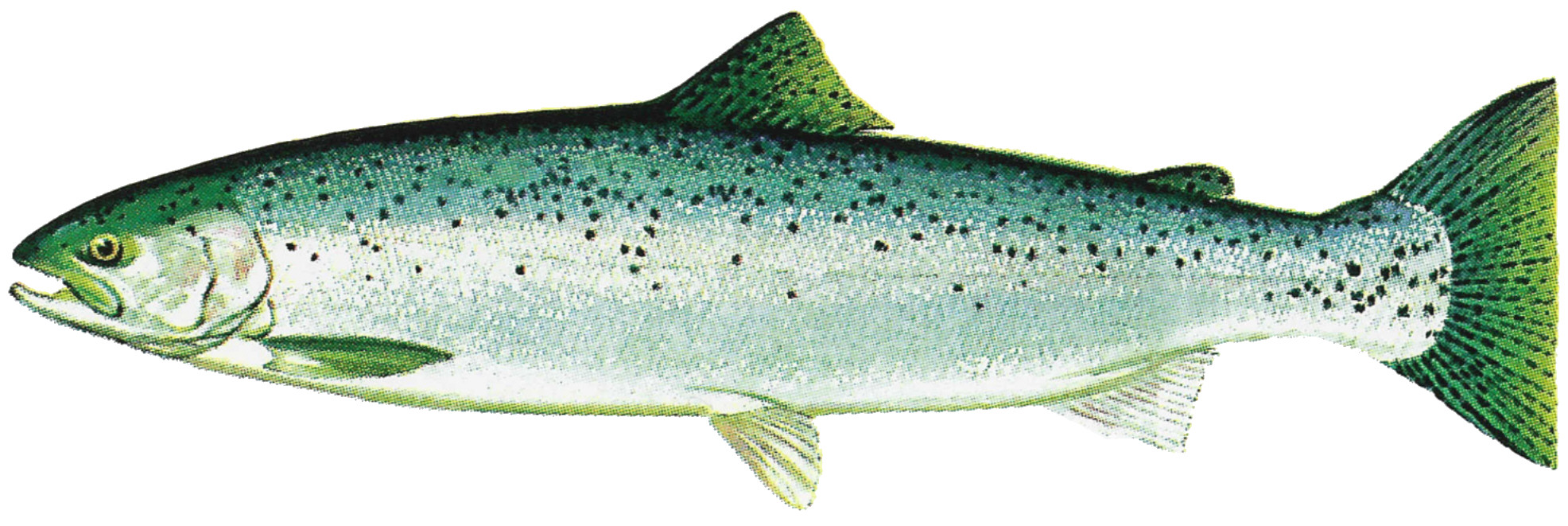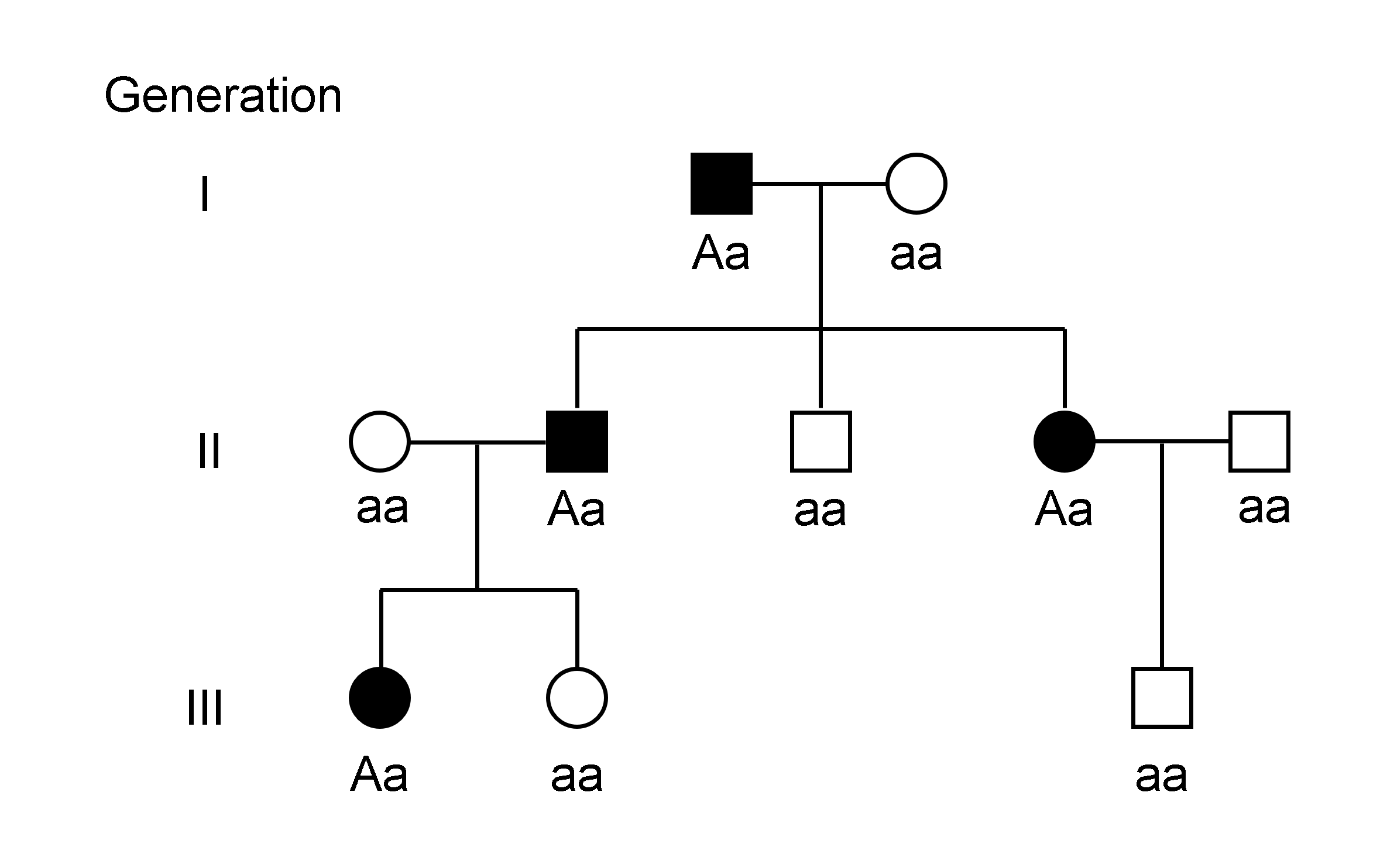|
Tetracapsuloides
''Tetracapsuloides bryosalmonae'' is a myxozoan parasite of salmonid fish. It is the only species currently recognized in the monotypic genus ''Tetracapsuloides''. It is the cause of proliferative kidney disease (PKD), one of the most serious parasitic diseases of salmonid populations in Europe and North America. The disease can result in losses of up to 90% in infected populations. Taxonomy Until the late 1990s, the organism which caused PKD was enigmatic, thus called PKX organism. The causative agent of PKD was recognized as a form of Malacosporean. The absence of mature spores in salmonid hosts, the lack of fish-to-fish transmission, and seasonality of the disease suggesting that the life cycle of PKX was completed in another host and that infection of salmonids could be accidental. Aleksei Korotnev (Korotneff) observed a myxozoan in the bryozoan, '' Plumatella fungosa'', in 1892, which he described as ''Myxosporidium bryozoides.'' Myxozoan infection of bryozoans was not report ... [...More Info...] [...Related Items...] OR: [Wikipedia] [Google] [Baidu] |
Malacosporea
Saccosporidae is a family of myxozoans... It is the only family within the class (biology), class Malacosporea and has only three species, while the other class of Myxozoa, Myxosporea, includes more than a thousand. Taxonomy and systematics *Genus ''Buddenbrockia'' Schröder, 1910 **''Buddenbrockia allmani'' Canning, Curry, Hill & Okamura, 2007 **''Buddenbrockia plumatellae'' Schröder, 1910 *Genus ''Tetracapsuloides'' Canning, Tops, Curry, Wood & Okamura, 2002 **''Tetracapsuloides bryosalmonae'' (Canning, Curry, Feist, Longshaw & Okamura, 1999) Description Saccosporidae are parasites of fish and freshwater bryozoans. ''Tetracapsuloides bryosalmonae'', the only representative of the group whose life cycle is well studied, causes proliferative disease of the kidneys in salmonids. Two stages of the life cycles of the two species in the genus ''Buddenbrockia'' are known. One of them is a saccular stage, similar to ''Tetracapsuloides''. During the second stage the animals are mobil ... [...More Info...] [...Related Items...] OR: [Wikipedia] [Google] [Baidu] |
Myxozoa
Myxozoa (etymology: Greek: μύξα ''myxa'' "slime" or "mucus" + thematic vowel o + ζῷον ''zoon'' "animal") is a subphylum of aquatic cnidarian animals – all obligate parasites. It contains the smallest animals ever known to have lived. Over 2,180 species have been described and some estimates have suggested at least 30,000 undiscovered species. Many have a two-host lifecycle, involving a fish and an annelid worm or a bryozoan. The average size of a myxosporean spore usually ranges from 10 μm to 20 μm, whereas that of a malacosporean (a subclade of the Myxozoa) spore can be up to 2 mm. Myxozoans can live in both freshwater and marine habitats. Myxozoans are highly derived cnidarians that have undergone dramatic evolution from a free swimming, self-sufficient jellyfish-like creature into their current form of obligate parasites composed of very few cells. As myxozoans evolved into microscopic parasites, they lost many genes responsible for multice ... [...More Info...] [...Related Items...] OR: [Wikipedia] [Google] [Baidu] |
Phylactolaemata
Phylactolaemata is a class of the phylum Bryozoa whose members live only in freshwater environments. Like all bryozoans, they filter feed by means of an extensible "crown" of ciliated tentacles called a lophophore, and like nearly all bryozoans (the only known exception being ''Monobryozoon''), they live in colonies, each of which consists of clones of the founding member. Unlike those of some marine bryozoans, phylactolaemate colonies consist of only one type of zooid, the feeding forms known as autozooids. These are supported by an unmineralized "exoskeleton" made of gelatinous material or protein, secreted by the zooids. The class contains only one extant order, Plumatellida. Fossil record Phylactolaemata is regarded to have been the earliest group of bryozoans to evolve. However, because they did not have calcified skeletons, these early bryozoans would have had very low potential to fossilize. Fossils of phylactolaemate statoblasts, which consist of protective chitinous sh ... [...More Info...] [...Related Items...] OR: [Wikipedia] [Google] [Baidu] |
Ceratomyxa Shasta
''Ceratonova shasta'' (syn. ''Ceratomyxa shasta'') is a myxosporean parasite that infects salmonid fish on the Pacific coast of North America. It was first observed at the Crystal Lake Hatchery, Shasta County, California, and has now been reported from Idaho, Oregon, Washington, British Columbia and Alaska. Life history In addition to the fish host, ''C. shasta'' infects a freshwater polychaete worm. Actinospores are released from the worm, and infect fish, on contact, in the water column. Neither horizontal (fish to fish), nor vertical (fish to egg) transmissions have been documented under laboratory conditions, suggesting that the worm host is necessary for completion of the life cycle. Spores are released back into freshwater system after its fish host dies, however the complete life cycle, host and vector interaction is not fully understood (especially the ecology of the polychaete host). Research indicates that the potential for infection is enhanced when water tempe ... [...More Info...] [...Related Items...] OR: [Wikipedia] [Google] [Baidu] |
Rainbow Trout
The rainbow trout (''Oncorhynchus mykiss'') is a species of trout native to cold-water tributary, tributaries of the Pacific Ocean in North America and Asia. The steelhead (sometimes called steelhead trout) is an Fish migration#Classification, anadromous (sea-run) form of the coastal rainbow trout or Columbia River redband trout that usually returns to freshwater to Spawn (biology), spawn after living two to three years in the ocean. Adult freshwater stream rainbow trout average between , while lake-dwelling and anadromous forms may reach . Coloration varies widely based on subspecies, forms, and habitat. Adult fish are distinguished by a broad reddish stripe along the lateral line, from gills to the tail, which is most vivid in breeding males. Wild-caught and Fish hatchery, hatchery-reared forms of the species have been transplanted and introduced for food or sport in at least 45 countries and every continent except Antarctica. Introductions to locations outside their nativ ... [...More Info...] [...Related Items...] OR: [Wikipedia] [Google] [Baidu] |
Genotype
The genotype of an organism is its complete set of genetic material. Genotype can also be used to refer to the alleles or variants an individual carries in a particular gene or genetic location. The number of alleles an individual can have in a specific gene depends on the number of copies of each chromosome found in that species, also referred to as ploidy. In diploid species like humans, two full sets of chromosomes are present, meaning each individual has two alleles for any given gene. If both alleles are the same, the genotype is referred to as Zygosity, homozygous. If the alleles are different, the genotype is referred to as heterozygous. Genotype contributes to phenotype, the observable traits and characteristics in an individual or organism. The degree to which genotype affects phenotype depends on the trait. For example, the petal color in a pea plant is exclusively determined by genotype. The petals can be purple or white depending on the alleles present in the pea plan ... [...More Info...] [...Related Items...] OR: [Wikipedia] [Google] [Baidu] |
Clade
In biology, a clade (), also known as a Monophyly, monophyletic group or natural group, is a group of organisms that is composed of a common ancestor and all of its descendants. Clades are the fundamental unit of cladistics, a modern approach to taxonomy adopted by most biological fields. The common ancestor may be an individual, a population, or a species (extinct or Extant taxon, extant). Clades are nested, one in another, as each branch in turn splits into smaller branches. These splits reflect evolutionary history as populations diverged and evolved independently. Clades are termed ''monophyletic'' (Greek: "one clan") groups. Over the last few decades, the cladistic approach has revolutionized biological classification and revealed surprising evolutionary relationships among organisms. Increasingly, taxonomists try to avoid naming Taxon, taxa that are not clades; that is, taxa that are not Monophyly, monophyletic. Some of the relationships between organisms that the molecul ... [...More Info...] [...Related Items...] OR: [Wikipedia] [Google] [Baidu] |
Internal Transcribed Spacer 1
Internal transcribed spacer (ITS) is the spacer DNA situated between the small-subunit ribosomal RNA (rRNA) and large-subunit rRNA genes in the chromosome or the corresponding transcribed region in the polycistronic rRNA precursor transcript. Across life domains In bacteria and archaea, there is a single ITS, located between the 16S and 23S rRNA genes. Conversely, there are two ITSs in eukaryotes: ITS1 is located between 18S and 5.8S rRNA genes, while ITS2 is between 5.8S and 28S (in opisthokonts, or 25S in plants) rRNA genes. ITS1 corresponds to the ITS in bacteria and archaea, while ITS2 originated as an insertion that interrupted the ancestral 23S rRNA gene. Organization In bacteria and archaea, the ITS occurs in one to several copies, as do the flanking 16S and 23S genes. When there are multiple copies, these do not occur adjacent to one another. Rather, they occur in discrete locations in the circular chromosome. It is not uncommon in bacteria to carry tRNA genes ... [...More Info...] [...Related Items...] OR: [Wikipedia] [Google] [Baidu] |
Anemic
Anemia (also spelt anaemia in British English) is a blood disorder in which the blood has a reduced ability to carry oxygen. This can be due to a lower than normal number of red blood cells, a reduction in the amount of hemoglobin available for oxygen transport, or abnormalities in hemoglobin that impair its function. The name is derived . When anemia comes on slowly, the symptoms are often vague, such as tiredness, weakness, shortness of breath, headaches, and a reduced ability to exercise. When anemia is acute, symptoms may include confusion, feeling like one is going to pass out, loss of consciousness, and increased thirst. Anemia must be significant before a person becomes noticeably pale. Additional symptoms may occur depending on the underlying cause. Anemia can be temporary or long term and can range from mild to severe. Anemia can be caused by blood loss, decreased red blood cell production, and increased red blood cell breakdown. Causes of blood loss include ... [...More Info...] [...Related Items...] OR: [Wikipedia] [Google] [Baidu] |
Gill
A gill () is a respiration organ, respiratory organ that many aquatic ecosystem, aquatic organisms use to extract dissolved oxygen from water and to excrete carbon dioxide. The gills of some species, such as hermit crabs, have adapted to allow respiration on land provided they are kept moist. The microscopic structure of a gill presents a large surface area to the external environment. Branchia (: branchiae) is the zoologists' name for gills (from Ancient Greek ). With the exception of some aquatic insects, the filaments and lamella (surface anatomy), lamellae (folds) contain blood or Coelom#Coelomic fluid, coelomic fluid, from which gases are exchanged through the thin walls. The blood carries oxygen to other parts of the body. Carbon dioxide passes from the blood through the thin gill tissue into the water. Gills or gill-like organs, located in different parts of the body, are found in various groups of aquatic animals, including Mollusc, molluscs, crustaceans, insects, fish, a ... [...More Info...] [...Related Items...] OR: [Wikipedia] [Google] [Baidu] |
Ascites
Ascites (; , meaning "bag" or "sac") is the abnormal build-up of fluid in the abdomen. Technically, it is more than 25 ml of fluid in the peritoneal cavity, although volumes greater than one liter may occur. Symptoms may include increased abdominal size, increased weight, abdominal discomfort, and shortness of breath. Complications can include spontaneous bacterial peritonitis. In the developed world, the most common cause is liver cirrhosis. Other causes include cancer, heart failure, tuberculosis, pancreatitis, and blockage of the hepatic vein. In cirrhosis, the underlying mechanism involves high blood pressure in the portal system and dysfunction of blood vessels. Diagnosis is typically based on an examination together with ultrasound or a CT scan. Testing the fluid can help in determining the underlying cause. Treatment often involves a low-salt diet, medication such as diuretics, and draining the fluid. A transjugular intrahepatic portosystemic shunt (TIPS) may be ... [...More Info...] [...Related Items...] OR: [Wikipedia] [Google] [Baidu] |




